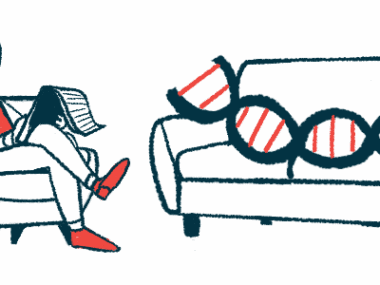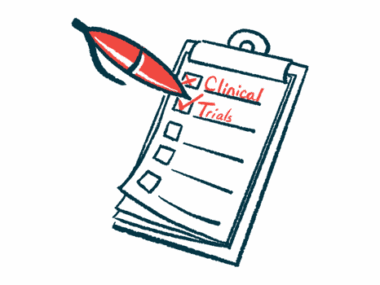Abeona poised to seek FDA approval of EB-101
EB-101 is a cell therapy candidate to treat recessive dystrophic epidermolysis bullosa
Written by |

Abeona Therapeutics is preparing to request U.S. approval of EB-101, a cell therapy candidate for treating recessive dystrophic epidermolysis bullosa (RDEB).
The announcement follows a successful pre-biologics license application (BLA) meeting with the U.S. Food and Drug Administration (FDA).
“With the constructive feedback from the FDA now in-hand, we are proceeding on a clear regulatory path leading to the planned BLA submission for EB-101 early this Fall,” Vish Seshadri, CEO of Abeona, said in a press release.
At the meeting, the regulatory agency agreed that existing clinical data, provided in a briefing package prior to the meeting, are adequate to support the BLA.
The FDA requested additional context, scientific data and proposed assays in the BLA to support EB-101 potency. Further data regarding certain aspects of the therapy’s chemistry, manufacturing and controls used, as well as clinical parameters, also were requested.
According to the press release, Abeona believes it has has all the data to respond to FDA’s requests.
“We are pleased with the outcome of the pre-BLA meeting for EB-101 and believe that we have aligned with the FDA on what is needed for our upcoming BLA submission,” Seshadri said. “We are focused on gathering and packaging the existing data over the coming weeks to meet the Agency’s expectations.”
RDEB, a severe form of epidermolysis bullosa, is caused by mutations in the COL7A1 gene, which provides instructions to produce part of the type VII collagen (C7) protein. C7 is important for connecting the different layers of the skin, anchoring them to each other. In RDEB, that protein is lacking, leading to fragile skin that blisters easily and wounds that do not heal well.
How EB-101 works
EB-101 is a gene-corrected cell therapy designed to restore production of the C7 protein. After the collection of skin cells from a patient, the cells are genetically modified in the lab to carry a healthy version of COL7A1. This is achieved by using a retrovirus engineered to work as a vehicle for therapeutic genes and not cause an infection.
The modified cells then are affixed to a cellular sheet that is transplanted onto a wound. After grafting, the cells with the healthy gene will produce a working version of the C7 protein to promote wound healing.
Abeona’s BLA is largely supported by data from the Phase 3 trial VIITAL (NCT04227106), which enrolled 11 RDEB patients with large wounds that failed to heal for a minimum of six months.
In the open-label trial, some wounds were treated with EB-101, while others were left untreated for comparison.
After six months, more than 80% of wounds treated with EB-101 had healed by at least half, in contrast to the less than 20% of untreated wounds that showed the same level of healing. EB-101 also eased pain and itching at wound sites, according to the patients.
No side effects reported
EB-101 was tolerated well, with no serious treatment-related side effects reported.
Clinical trials testing EB-101 used retroviral vectors made at two facilities, either in-house by Abeona or at Indiana University. In the pre-BLA meeting, the FDA agreed that the retroviral vectors from the two facilities appeared comparable.
The FDA has granted EB-101 orphan drug, breakthrough therapy, regenerative medicine advanced therapy, and rare pediatric disease designations.






